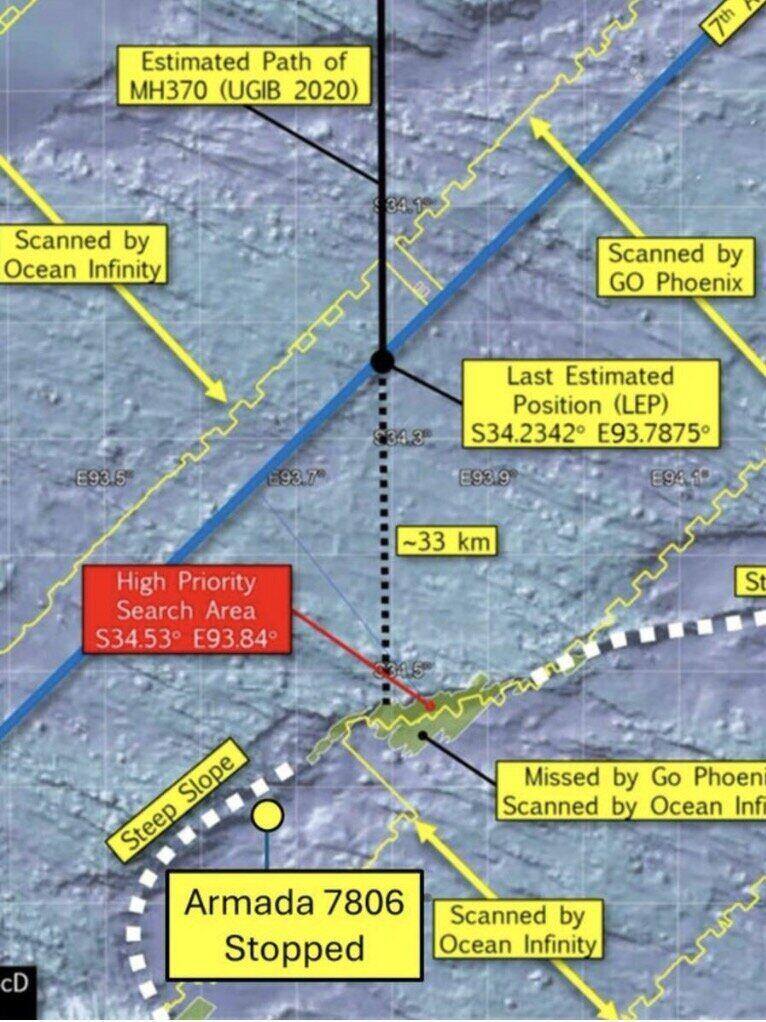Malaysia Airlines' search for MH370 began in the southern Indian Ocean when an Ocean Infinity search vehicle moved into an area where it had not yet conducted a search in previous missions.
Last December, the Malaysian government announced that it had signed a Principal agreement with the US robot company on the basis of "no find, no fee collection". The first four months of the year are considered the best time to conduct a search for MH370.
The Boeing 777 disappeared on March 8, 2014 while carrying 239 people. Since the disappearance, two searches have been launched in the southern Indian Ocean, searching an area of nearly 200,000 square kilometres below the seabed, but to no avail.
Since MH370 went missing, 37 pieces of MH370 have been found at various locations, including in Mauritius and Madagascar.
Ocean Infinity's Armada 7806 search ship, which has three unmanned deep diving vehicles, will be used to search more than 4km below the ocean's surface.
There is information that an unoverviewed steep cliff in Ocean Infinity's 2018 search for MH370 as well as in the Australian Transport Safety Authority's search campaign from 2014 to 2017 is the focus of the latest search.

In the latest MH370 news report, The Australian said that the current marine environment is not ideal for searching, with waves up to 3m high that could slow down the deployment of unmanned diving vehicles.
Australian researcher Mick Gilbert, who contributed to the analysis of the MH370 network of investigators in the Independent Group, said Ocean Infinity is facing an extremely difficult mission.
Ocean Infinity determines its search area around the best estimates of where MH370 may have ended the flight based on the evidence in hand. "So Ocean Infinity is just making the best estimates based on a very small piece of data," he said.
Similarly, former contestants RAAF and Qantas Mike Glynn, who researched and accused MH370 captain of originally planning a suicide mission, feared that the third search for MH370 would be based on false data.
He noted that the the theoretical method developed by retired aerospace engineer Richard Godfrey was defective, based on abnormalities in WSPR radio signals.
"In theory, if you follow all the unusual links, you can track where the plane went, but in reality it's not. These routes are tens of thousands of kilometers long and there is no identification of the plane that flew there. All you have is abnormalities in your signal that can be caused by many things," the former pilot pointed out.
The worrying thing is that the parties are considering this theory as new reliable evidence. Its not like that at all and its going to lead to another failed search, he said.
Researcher Mick Gilbert also said that there is no guarantee that Ocean Infinity will have a positive result for this search for MH370, but the search has been deployed, opening up the possibility of results.
Even with the advanced technology being deployed by Ocean Infinity, if a piece of debris is outside the detection range of a sonar, even a kilometre, it will not be detected, he said.











